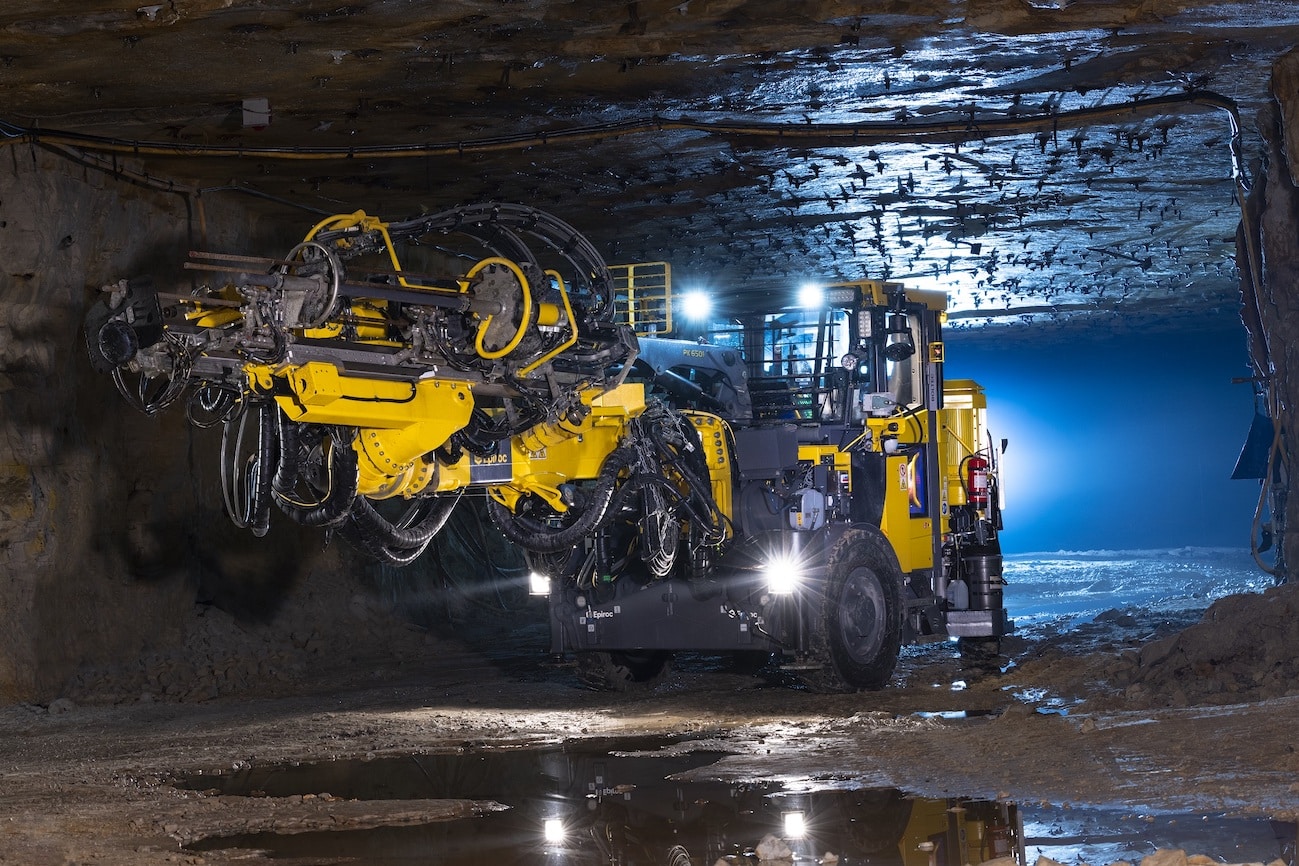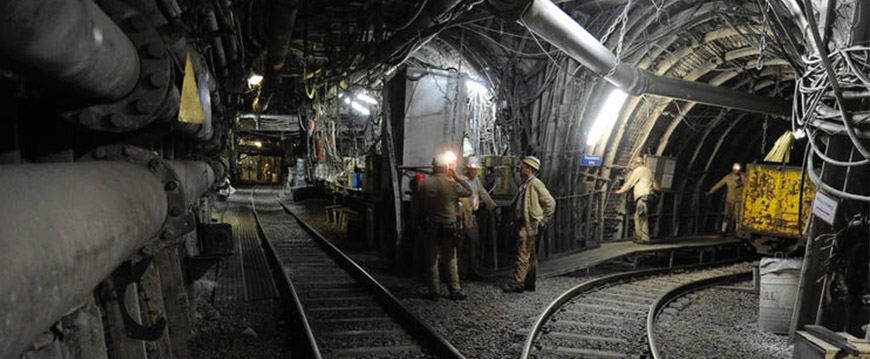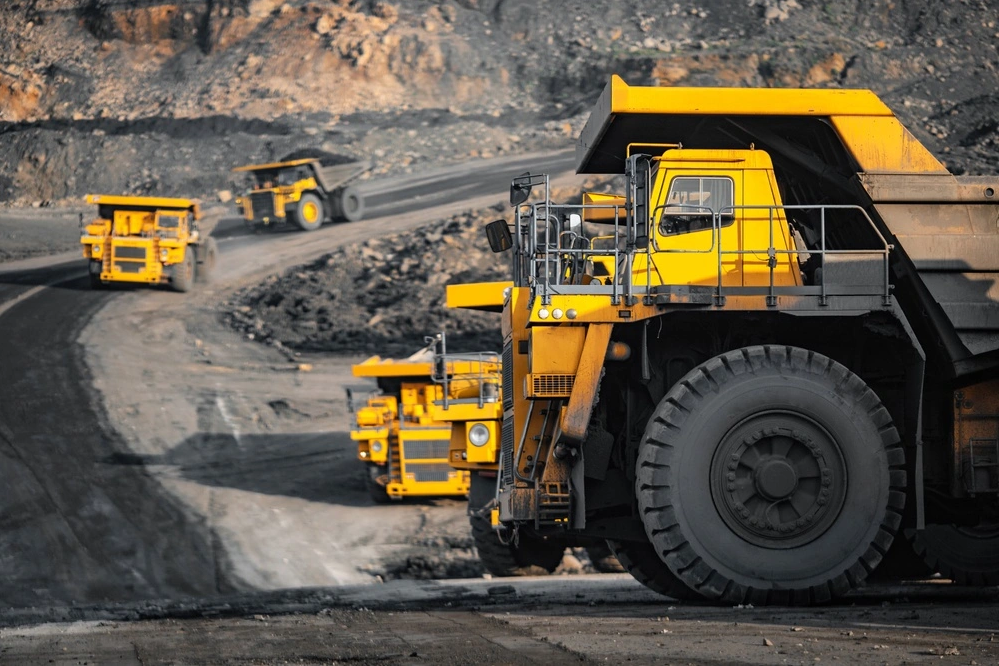The Latest Advancements in Underground Mining Technologies

At the center of this story is the development of ever-more-sophisticated technologies allowing miners to probe deeper into the Earth’s depths to recover critical industrial resources. This article will explore the latest advancements in underground mining technologies and their significance for the sector and wider society.
Digging Deeper: Underground Mining and Technology
As the world population and global standard of living increases, there is a growing demand for minerals. To provide the myriad of resources, materials, and technologies needed to support the development of modern economies, mines have to reach deeper into the Earth.
However, deep underground mines are highly challenging and technical environments for miners and mine planners. Ensuring the safety of miners, the economic viability of mines and productivity, and the safe recovery of mineral ores requires innovative technologies.
Rockbursts, high in situ stress, gas outbursts, and high temperatures can all present serious risks to the safety of miners and equipment. The global economy’s increasing consumption of natural resources and minerals is causing a growing sustainability crisis and impacting the future economic viability of mines themselves. Rich countries, for instance, consume more than six times the resources as poorer nations, according to the UN.2
The mining industry must adapt to new trends, technologies, and working practices to remain economically viable while meeting its sustainability and environmental goals. The past few decades have seen the development of innovative technologies in areas such as automation, sensing, AI and data analytics, safety, electrification, and robotics.
Automated and Remote-Controlled Machinery
Automation is a key element of Industry 4.0, delivering benefits to multiple industries in terms of safety, efficiency, and productivity. Automated drilling rigs, drones, and hauling trucks are just some examples of automated and remote-controlled machinery that are seeing increased adoption in the modern underground mine, replacing human miners that have traditionally been the backbone of the industry.
Autonomous mining equipment, such as dozers, drilling rigs, load-haul dump machines (LUDs), excavators, and trucks, is outfitted with advanced software, sensors, and robotic components. Features of these machines include semi-autonomous and fully autonomous operation, proximity detection, and fleet tracking.
Enhanced Safety Technologies
Miner safety is a critical concern as deep underground mines are hazardous environments that are hard to reach if there is a disaster. Several new technologies have appeared to improve miner safety in recent years, taking advantage of innovative developments in wearable technologies, sensors, and advanced monitoring systems.
Wearable, sensor-integrated technologies, such as smart helmets, can monitor the health of workers and any hazards in their environment.
Biometric devices provide real-time alerts on factors such as worker stress.
Proximity sensors such as RFID tags can locate and track workers and equipment in real-time.
Augmented and virtual reality can display essential maintenance and safety data.
Sensors can detect the presence of gases in the environment, reducing exposure.
Environmental Impact Reduction
While incredibly economically important, mining has a substantial environmental impact, which the industry is attempting to reduce quickly to meet its sustainability goals. The sector is increasingly turning to green technology, such as electrified fleet vehicles, plant machinery, and renewable energy.
Reducing the impact of water use in mining is a current concern. Water is used for several key purposes such as dust suppression and processing. However, these activities cause contamination of local water resources which can harm local ecosystems. Land rehabilitation is also vital to return land to a viable agricultural condition.7 Proper tailings management can go a long way toward reducing impact.
Minimizing pollution and carbon emissions from mines is crucial to ensure minimal environmental impact. Companies such as CSIRO have been developing ways to rapidly improve water quality and ensure discharges from mines meet environmental standards.
Digitization and Data Analytics
The mining industry is increasingly adopting digitization. Sensors, big data, AI, digital twins, and many Industry 4.0 technologies are being implemented to improve monitoring, exploration, data analytics, predictive maintenance, and worker safety. The mine of the future will become a smarter more interconnected, data-driven environment.
Predictive maintenance is a key trend in the mining industry, made possible by increasing digitization and data analytics and the development of smart sensors, AI, and machine learning. Vast amounts of data from multiple points can be retrieved, analyzed, and used to action maintenance tasks, reducing downtime and improving productivity while improving safety.
Challenges and Future Directions
Several challenges persist which present roadblocks to adopting new technologies, such as initial capital investment and cost considerations, regulatory hurdles, staff training, data security, and technical challenges associated with exploiting ever deeper resources.
Future directions will include increased automation, digitization, data analytics, and the adoption of green technologies. One emerging technology which could overcome one challenge – the theoretical limit of how deep conventional methods can go – is fluidized mining.
This proposed technique incorporates unmanned mining, automated sorting, fluidization of solid resources, backfilling, and intelligent electricity control technologies.
The Benefits Technology Can Bring to the Mining Industry
If the mining industry is to meet its sustainability goals while remaining economically viable and ensuring optimal performance, efficiency, and worker safety, it must embrace innovative emerging technologies in areas such as Industry 4.0. While key technical and financial challenges persist, the potential benefits to the mining industry and its future progression are obvious and far-reaching.
-
Ensuring reliable long-distance critical signal delivery in mining applications
In mining applications, coal-carrying conveyor belts can be up to 20 km long and···
-
EBRD to Support Modernization of Kazakhstan’s Mining Sector
Kazakh Minister of Industry and Construction Kanat Sharlapayev and First Vice Pr···
-
Wide Strip Mining to Balance Efficiency and Safety in Coal Extraction
BackgroundThe current landscape of coal mining presents significant challenges w···
-
U.S. Critical Mineral Worker Shortage Hurts Competition With China
As the United States rushes to develop domestic supplies of critical minerals—th···
Exhibition address:China International Exhibition Center(Chaoyang Venue)
- Ensuring reliable long-distance critical signal delivery in mining applications
- EBRD to Support Modernization of Kazakhstan’s Mining Sector
- Wide Strip Mining to Balance Efficiency and Safety in Coal Extraction
- U.S. Critical Mineral Worker Shortage Hurts Competition With China
- Mining industry welcomes government's $566m commitment to resource exploration
- Innovation heats up the mining industry






 19th China International Coal & Mining Exhibition
19th China International Coal & Mining Exhibition

